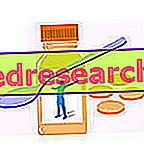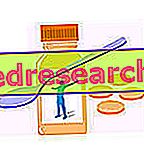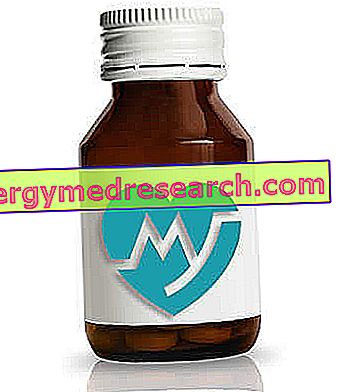Definition
Navel pain is a symptom that can have different causes.
This disorder can present itself as temporary, continuous or intermittent. The painful sensation is located in the central area of the abdomen, posteriorly or in the area around the navel.
Possible causes include inflammation, hernias, traumas and problems affecting the gastro-intestinal system.
In addition to more or less intense umbilical pain, these conditions can be accompanied by other local or general symptoms, including abdominal gurgling, flatulence, nausea, vomiting, belching, fever and mucus or blood in the stool.
omphalitis
Defalite is the inflammation of the navel and surrounding tissues. This condition is characterized by pain associated with other symptoms, such as burning, redness, swelling, tenderness and stinking, purulent and continuous secretions (note: the navel is always wet).
Usually, heart failure occurs during the first week of life, but can also occur in adulthood.
- In the newborn, infalite is caused by the infection of the residual sore from the fall of the umbilical stump; this de-epithelialized zone is susceptible, in fact, to the potential attack of pathogenic microorganisms, such as streptococci and staphylococci.
- In adults, defalite can be caused by poor hygiene or the particular anatomical shape of the navel, which makes it difficult to clean.
Appendicitis
The appearance of a dull pain in the epigastric or periombelical region, which radiates to the lower right quadrant of the abdomen can be an indication of an acute inflammation of the appendix. After the onset, this annoying sensation becomes persistent and is typically aggravated with walking. Appendicitis often causes nausea, vomiting and lack of appetite.
If complications arise, such as rupture or perforation of the appendix, the symptoms of peritonitis appear: pallor, sweating, high fever, absence of intestinal noise and widespread abdominal pain.
Umbilical hernia
An umbilical hernia is a condition that may be present from birth (congenital) or may become evident in adulthood. This manifests as a swelling or a protrusion in the navel or in the adjacent area.
The hernia is the result of a weakness of the congenital or acquired abdominal wall due to the continuous stretching and stress of the muscular and connective tissues.
Other predisposing factors include: lifting too heavy objects, severe and persistent cough, obesity or overweight, trauma, pregnancy and previous abdominal surgery.
Hernial swelling can be asymptomatic or cause mild discomfort. In many cases, umbilical hernia occurs only in particular situations, such as during physical exertion or under coughing, and disappears when the subject lies down or exerts a gentle compression with the hand on the prominent area. However, if the mass further protrudes outside it can cause pain and a feeling of weight.
Surgery is the only definitive way to correct the problem related to an umbilical hernia.
If neglected, the hernia can become incarcerated or strangled, resulting in a fixed, gradually increasing, pain in the navel. Choked hernias are ischemic due to the physical constriction of their vascularization and can lead to the development of necrosis and perforation with inflammation of the entire abdominal cavity (peritonitis).
Other possible causes
- Umbilical pain can be caused by cysts or local dermatitis.
- If associated with the presence of bothersome intestinal gases, this symptom may be the result of meteorism or constipation.
- Pain in the navel may also depend on urinary tract infections, peritoneal irritation secondary to pelvic inflammatory disease, perforated peptic ulcer or intestinal disorders, such as Crohn's disease, ulcerative colitis and diverticulitis.
- An acute pain in the periombelical area and in the lower and right lower quadrant, short and intermittent at the beginning, then diffuse, may indicate the torsion or hemorrhage of an ovarian cyst. Similar manifestation is caused by endometriosis.
- Other times, this symptom may refer to a mechanical obstruction of the hollow viscera or to a distortion or traction on the mesentery.
The pain in the navel can also originate from vascular disorders, such as intestinal infarction following a total or partial embolic or thrombotic occlusion.

Possible Causes * of Navel Pain
- Appendicitis
- Ulcerative colitis
- Dermatitis
- Diverticulitis
- diverticulosis
- Embolism
- Endometriosis
- Pelvic inflammatory disease
- Crohn's disease
- Bowel obstruction
- omphalitis
- Peritonitis
- Polycystic ovary syndrome
- Tonsillitis
- Duodenal ulcer
- Peptic ulcer



